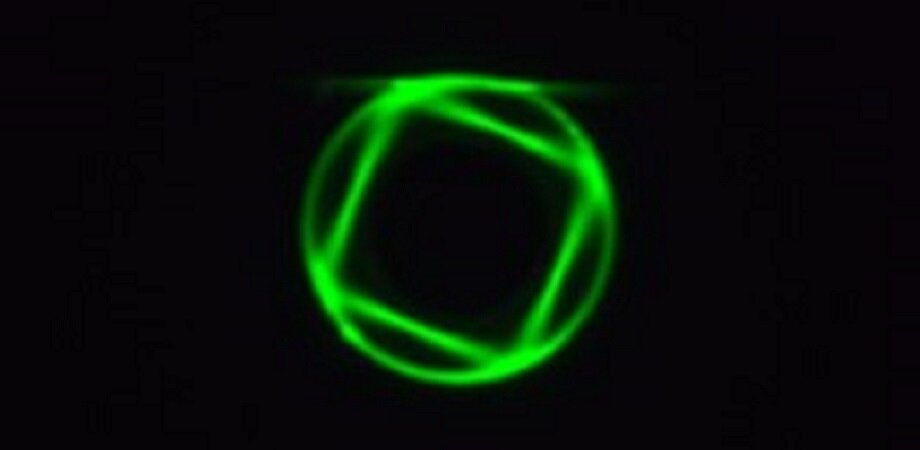
“Coherent combined polygon mode for ultranarrow-linewidth, single-frequency microdisk laser”
Crystalline lithium niobate (LN) is considered the “silicon of photonics” because of its outstanding optical properties, including a broad transparency window and high piezoelectric, acousto-optic, second-order nonlinear, and electro-optic coefficients, which are critical for photonic integrated circuit (PIC) applications. Recent breakthroughs in nanofabrication technology facilitate a variety of high-performance integrated photonic devices on thin-film LN, such as ultrafast electro-optic modulators, broadband optical frequency combs, and high-efficiency optical frequency convertors.
As an indispensable component for PICs, on-chip microlasers have recently been realized on a rare-earth-doped LN chip at various wavelength bands (~1550 nm and 1030 nm). To enable many applications—ranging from lidar to metrology—the LN microlasers should operate with ultranarrow linewidths and high wavelength tunability.
A high Q factor is a key parameter. According to the Schawlow–Townes theory, increasing the Q factor will lead to quadratic reduction of a microlaser linewidth. The highest Q factors demonstrated to date are those of whispering gallery mode (WGM) microcavities where light confinement is achieved by the continuous total internal reflection around the smooth circular periphery. However, the dense WGMs within the optical gain bandwidth usually give rise to multimode lasing in the microcavity. In principle, single-mode lasing can be achieved by reducing the size of the WGM microcavity, owing to the broadening of the free spectral range (FSR). Unfortunately, such a strategy inevitably leads to increased radiation loss, which is unfavorable for laser generation. So it remains a challenge to achieve single-mode lasing on a single-microdisk resonator.